|
Each and every person's feet are unique: short, long, wide, narrow, smelly, the works.... Giro makes a shoe for everyone, one that's comfortable, stays in place and well outperforms other brands.
For Nick and I, that shoe is the Terraduro Mid. Cousin to the Terraduro, the Mid offers greater ankle protection on a similar Vibram platform. Upon putting on the shoe, you notice the higher ankle on the shoe immediately, as well as rubberized high-traction Vibram sole, with rubber heel and toe reinforcement -- nice for those of us who find ourselves wanting a minimalist clipless shoe with a sole we can still hike about in. I've climb up and down some gnarly stuff in these shoes, and never found myself slipping. You'll lose trust in yourself relative to what you can walk on before you lose trust in these shoes! Simple, but Fancy: Upon putting on the shoes, you'll notice they are simple, but fancy. Simple in terms of the lace system and outer shroud, but fancy in the details of the design: Evofiber Uppers (water repellant, easily cleanable, high breathability), Vibram sole and molded EVA footbed. You'll also notice the shoe itself has limited seams, meaning the shoe is lighter, and has less places for water to enter the shoe when standing around in the rain (or dancing in puddles!). The cleat "pocket" is water sealed. Comfort: I've worn these shoes on all day epics, crossing creeks, hike a biking for hours, grocery shopping, even road biking, and have never gotten blisters, anywhere on my feet, no matter my sock choice. They are the most comfortable pair of cycling shoes I've ever worn, and offer support both where you want and need. Conditions: I wear these shoes throughout most of the year, however, do find myself switching to a proper Gore-tex lined winter shoe for winter. Granted, we ride in the snow quite a bit, and temperatures regularly dip into the 20's, but these aren't quite warm enough for year round riding in the PNW. Construction: I've worn these shoes in all conditions, and am impressed at the quality of construction. I generally go through a pair of shoes a year with the amount of riding and general beating-up of shoes I do, however, I just finished my second season on a pair and they look the same as they did a year ago. Not one thread is dangling. Sole shows normal wear, but no peeling or abnormal wear. The outer material wipes clean easily, and the footbed has held up well. I may even try to get a third season out of them! These shoes will take anything you can throw at them, including those all day adventures and nature hikes (because you forgot your hiking shoes). Expect the best because they are the best. Giro knows what's up! Kim Hardin
0 Comments
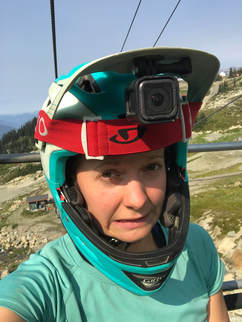 As soon as we're done practicing, it's game on to get our bikes ready for race day. Generally this involves a bike wash, wheel swap (cassette, brake rotor, and tire), fine tuning of drivetrain, as well as a swap out of whatever parts you may want to change or replace (for performance decisions, as well as if any damage was done during practice). Let's just say that life as a blue collar racer isn't as glamorous as it is for the true professionals. While factory riders sit back analyzing Go Pro videos, eating all the snacks, taking naps, and generally resting while their mechanics and team managers take care of things, Nick and I are generally hustling from practice to wheel/tire swap (don't forget the cassette and rotors), to food, to watching GoPro far too late into the night where we ask ourselves are we benefitting from watching this more than the the sleep we are losing from staying up so late. Over the years, we've figured out ways to make this bike prep more efficient from a blue collar standpoint, while ensuring we're able to rest as much as possible, recover from practice, replenish calories, and get ourselves ready mentally for race day. Here's our top five tips for race day prep: 1. Bring a Spare Wheelset with New Tires Pre-Beaded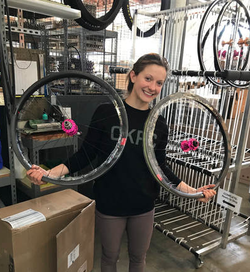 A spare wheel set is self explanatory. New Tires pre-beaded with sealant may not be. Ideally whatever type of wheel you are practicing on (aluminum or carbon), you are racing on. Each wheel rides a little differently as they vary in internal/external widths, as well as stiffness (particularly laterally). Not enough to truly make a big deal, but it's noticeable. Between the lines, get to know your gear.... New tires already mounted (& beaded!) is not self explanatory. For the longest time, we would bring a spare wheel set, but wait to mount tires, as we wanted to be sure we were choosing the right tire for the conditions. This is very important, however, between a little ahead-of-time research (reading trail reports -- are trails clay based and slick when it rain? Is it rocky and dusty? What does the weather look like for race weekend?), you can make a pretty good condition on the tires you will be running. Mount brand ones on your race wheels, and add sealant BEFORE you leave for the race). After practice, once you've had your wheels on the dirt, you can decide if you want to change your race tire, but you've potentially saved your time knowing it was forecasted to rain, by mounting your favorite wet tire. Worst case you pull it off and simply have another spare laying around in case you get a flat. Not to mention, in foreign countries it can be very difficult to find compressed air to properly bead your tire. In Italy, I think it took us three hours to find a gas station with a hose that fit our valves. In Chile, I borrowed a plastic Coca Cola liter version of an "AirShot" that was terrifying, but did the job. With the invention of the "Burst" pumps, that pre-pressurize a chamber via pump-action and release it in one go into the tire, it is less common of a problem in terms of mounting tires, but still something to be aware of. By Colombia, we'd learned and mounted new tires on BOTH practice and race wheelsets, giving us a few tread options for race day, not to mention the few extra tires we brought along as well. We didn't have to do any last minute tire swaps. Our race day wheels were ready, minus rotors and made for a much easier evening, saving time for dinner and GoPro Review. Remember: you can always go to a bike shop and buy tires, BUT it's highly likely they won't have your casing of chose, and will be out of CO2, especially if an international race focused in a small town. Call ahead and have them hold CO2 for you, or plan to find elsewhere.... On another note, I do not recommend flying with CO2 -- our boarding passes were taken away from us in Colombia for having it, after three years of no problems. You decide if it's worth the risk! AND... if you have to mount tires the night before race day, be sure you check tread direction..... 2. Bring a Mini-drill!Mini-drills can save boat loads of time, and headaches.... especially when it comes to rotor bolts. Make sure you've got the right head for your bolts, and blast away (but always remember to hand start - no one needs a stripped out hub). Top of the World, Whistler 3. BYOB: Bring-your-own-foodFood is vital to recovering from practice, but also to your success on race day. By bringing all your on-bike food with you from home you can save on grocery shopping time, while still ensuring you get what you need. We like baby food packets, bacon, nuts, whole food whenever possible, and bars if necessary (fewer ingredients the better -- Larabar, Kate's, Kind). Not to mention, sometimes, at international aide stations, you'll roll up and there's loads of chocolate, waifers, and chips. If that's your go-to, good for you. Otherwise, you might be screwed. Always bring your own food. Nick pondering trail snacks in Argentina 4. Pre-trip tuneIf your schedule allows, get a pre-race tune before you leave your home. Chances are you hit the ground running once you get to your destination, going for practice then racing. There's not a whole lot of extra ride time prior to racing. After all, you want to save your energy. With this in mind, go ahead and replace your cable and housing, service your fork/shock if needed, bleed your brakes and replace your pads, bleed your seat dropper, swap to new tires on practice and race wheels (see #1). While you can have a shitty or generally heinous practice day that has you doing all this the night before race day, you can at least try to do what you can to save yourself time (and parts!). However, just because this was done, doesn't mean it shouldn't be looked over, and practice take into consideration relative to wear and tear on parts. How does my cable look post practice? How about my brake pads? What's the weather like tomorrow/what's the dirt like -- should I be concerned my pads will wear all the way? 5. Bring Spares and Learn How to Work on your bike.Dakine's new bike bag fits ALL the spares, and more! Pack those nooks and crannies! Self-explanatory -- this saves loads of times, and stress. You're no longer waiting in a massive line at Shimano or SRAM to get your brakes bled, or snag a new rear derailleur (which they might not even have) or running to a bike shop for new pedals. While it's time saving to sometimes keep out of the Shimano/SRAM pits, they are mighty fun!
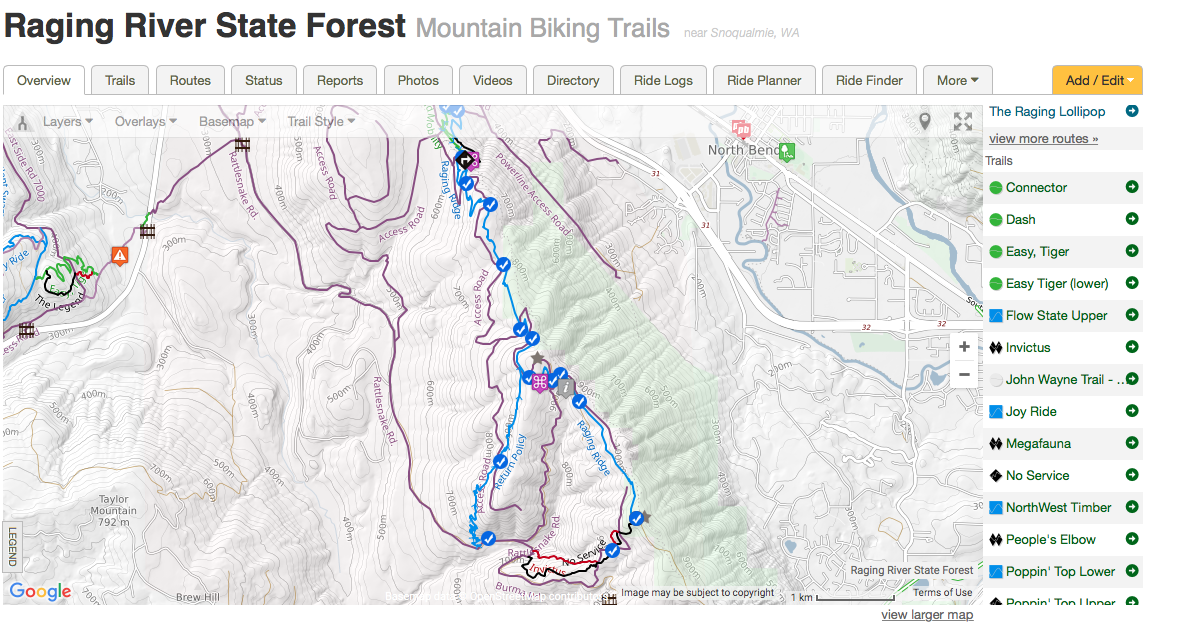 Speaking of balance, my weekend opened up, so I decided to head north for a weekend at the inaugural Raging River Festival! Put on by the Evergreen Mountain Bike Alliance, Saturday featured an XC and Sunday an Enduro on mostly new (ish) trails along the I90 corridor near Seattle, Washington. This zone was only recently established as a riding area, and has so much room for growth, especially noting its proximity to Tiger Mountain and Exit 27 trails. For Sunday's Enduro, the Cascadia Dirt Cup put together a course of about 29 miles on trails such as "Invictus" and "No Service". It was a collective of about every kind of trail you can ride: rooty tech (lots of pumping), flow tabletops and doubles, tight & twisty flow, loamy chutes... a little bit of everything-- One of the most unique local venues of the year for sure! Schedule had us doing one shuttle lap for practice late Saturday, followed by a quick tire swap, and bike tune for Sunday's race. Despite some of the warmest temperatures on record for 2018, the event went off with a BANG early Sunday. We made quick work of the transfer to stage 1, and lily-padded and pumped our way down the first two stages, to re-learn to corner on stage 3, and hit some jumps on the way down stage 4. Such a cool venue, and an amazing inaugural event -- I will be back!
All in all was a great weekend, with some first place bling to take home to the family. Thanks for having me Camille and Trey, CDC! Kim Hardin Chris King Precision Components need no introduction. CKPC is the "top of the line" for hubs and other components in the MTB Industry. Their hubs are known to be smooth, fast and last forever, special thanks to their angular-contact bearings, and easy ability to service. #buzz #ceramicplease
Their angular-contact bearings (Steel and ceramic) are designed and made in house in Portland, Oregon, with every one assembled and inspected by hand. What makes these bearings special? They allow for adjustment as they are used; they age "like a fine wine". Hub shells and components come in a variety of fun anodized colors, to play matchy-matchy as much as you want with your new bike. The new "boost" hubset (Iso B Front and Rear) features the patented Ring Drive with 72 simultaneous points of engagement, making for a "quick to spin up" wheel. The feel is smooth, and the hub stiff, special thanks to the one-piece axle, and flanges making for a stronger wheel-build. Side-note: CKPC is lesser known for domestically sourcing their cutting oil, for recycling all their metal chips from the CNC machines, and most importantly sourcing every component domestically. Go CKPC! Wheel-wise, the new Santa Cruz Reserve 30 Rims, run an inner width of 30mm and are my first carbon wheel. For comparison, I've been riding the Easton/Race Face Arc 27 aluminum rim for the last few years, and have been hesitant to ride carbon, but with the lifelong guarantee, I decided to give the SC rims a try after all the positive reviews. (Note: I've ridden the SC Reserve rims in a variety of conditions with a variety of Maxxis tire treads: dry, wet, aggressive tread, small block tread). Immediately, upon building the wheels, I noticed the reinforced nipple flanges -- built this way to prevent spokes from ripping out of the rim - COOL! The hoops were light, yet seemed well-built. Put the two together, and you've got one stiff, yet lightweight wheelset. On trail, the wheels felt stiff enough to "rail" the ruts, but not too stiff. I noticed I was able to run about 2-3psi lower in both front and rear compared to the Arc 27 (27 internal width), and appreciated the extra traction. Tires were hard to mount, and took significantly more effort to do so than an aluminum wheel, however, once on, the bead was on real tight, even with lower pressures. Through techy rock gardens, big drops (10-15ft step downs), and plenty of high speed cornering, I felt confident in the quality of the wheels and never once questioned their strength or durability. Pretty excited to be racing with these this season! Buy this wheel set directly from CKPC: http://wheelshop.chrisking.com/santa-cruz-reserve-30-27-5-28-28/ Thanks for all the support, Chris King and Juliana Bicycles! Kim Hardin Owning your own business isn't all fun and games. It's a whole lot of work, but oh so rewarding.
Our typical day starts at 6am, ending usually somewhere between 3pm and 7pm, depending on the day. Filled with mostly what you'd expect and a handful of things you wouldn't: staffing/scheduling, food orders, menu design, bills, event planning, marketing, growth projections, R&D, finding new local artists, taking inventory, ordering staff uniforms, meeting with staff... I could go on and on and on. The fact of the matter is, the to-do list never ends, and we wouldn't have it any other way. After our typical work day, you can find us in the gym, on the road bike or out on the trail for about 3 hours, after which we quickly make dinner, take the dogs to the park, and attempt to be in bed by 9 to do it all over again tomorrow. It's a challenge to fit it all in. Some weeks we're on point, while others, we are slammed with events at KickStand, and we're off the bike or out of the gym for 4 days in a row. Talk about disconcerting knowing your competitors are on their bike every day, doing intervals to exhaustion or logging those base miles... Racing bikes professionally while owning a business is hard. Really hard. We do it to ourselves, in some regard, but wouldn't have it any other way. Our lives are all about Balance. Balance may be defined as "an even distribution of weight enabling someone or something to remain upright and steady." Sounds good to me, however, easier said than done. What I've learned, however, living the life of a small-business owner in the food industry is that life is about prioritizing and responsibility. There's want-to's and need-to's, both in business and racing. It's taught me that while I am a professional athlete, and want to attend every race possible, at the end of the day, I need to be responsible, and take care of my business, not only for my future, but that of my staff. That I need structure through planning ahead, to meet the demands of both my business and racing. While I had planned to attend the North American Enduro Cup this week, this weekend is a weekend where the needs of the business are greater than the that of racing. First world problems of blue collar business owner/racer -- Life is all about balance. Looks like I'll be adding a race to the schedule sometime this year! Kim Hardin Before we'd even finished Day 1 of the Crested Butte Big Mountain Enduro, Nick had cooked up a plan to break up the long drive home... Rally to Moab immediately after finishing the race, sleep for a short bit, then catch an early morning shuttle to do the Whole Enchilada, in order to get back to the van before it got too hot, as well as leave us enough time to get to Boise (ish) by dark. And that we did... The Whole Enchilada was closed above Burro Pass, so we started a smidge lower at Hazard, and bombed back to the van via typical LPS, Kokopelli, and Porcupine fashion. Recovery is important after a race, but when you're driving right past Moab, a riding mecca, you have to stop, even if your legs are shredded. Trust me, it's worth it! Pro tip: Do not attempt to "shower" in the river at the bottom of the trail. Contrary to popular belief, it's a giant mudhole, and takes multiple washes to get off. Oops. Crested Butte = big days on the bike, lots of wildflowers, hike-a-bikes, dry and rocky terrain, big transfers, yummy tacos, and extraordinary van camping. On a whim, we left work late Tuesday afternoon, drove to Boise for a quick eat at "Fork", and continued on to CB in record time: 18hrs, including dog stops, and stretch breaks. We came in hot mid-Wednesday afternoon with the plan to have hopefully just enough time to get rid of the near-constant altitude headache and nose-bleeds by raceday (living at 500 ft elevation doesn't help!). Rumor has it you either need to A) Live at altitude B) Sleep in an altitude tent C) Have at least two weeks to acclimatize properly D) Come in hot as you're in the "hole" on day 4. We chose the latter, as our attempt with an altitude tent in the middle of the summer with no AC in the house failed miserably the year prior. Why not work a 12 hour day before you get on the road? The hardest part about race weekends as a "privateer" , of sorts, is practice logistics -- in what order to practice the stages, how to approach them (hike/pedal up from the bottom, try to find someone to shuttle with), while trying to avoid the heat, save as must energy as possible and still properly see each stage. Whether you drive 30 minutes or 18 hours to race, you want to see every track, and give yourself the opportunity to do as well as possible. Seeing said tracks helps... a lot. With that said, Crested Butte seems to be the exception to the rule -- the distances are large, the elevation great, and the climbing significant enough to make it very energy-consuming to pedal everything for practice. Without a shuttle, you're walking the line of truly benefitting from seeing the course vs. being so beat on race day, to a certain extent. Across the two days of practice, without a shuttle, we saw 3 of 4 stages, with stage 4 (the last one) being our blind stage. On race day, it turned out to be about a two hour hike-a-bike to on race day, in addition to the half hour of pedaling.... Consensus was that we made the right decision based on our situation. Friendly reminder to bring a moto for car retrieval in the future (Kosher as long as you're not riding trails on a moto -- not cool in a race scenario. Roads only!) Big Mountain Enduro knows how to put on an event -- super dialed registration, event coordination, timing, the works! Both days pros met at 6:30am to load shuttles for the transfer to the first stage. Stage 1: Cement Mtn to Rosebud Stage 2: Doctor Gulch Stage 3: Reno Ridge to Deadmans Stage 4: Double Top into Warm Springs Stream Crossing anyone? On the way to Doctor Park... By the end of the weekend, I found myself not proud of losing my pedal panties on day one, but happy to have picked up the pace on day 2, made up some time and end up on the podium in 5th.
Nick had a few lies downs throughout the weekend, and ended up mid-pack. Regardless, what an awesome time in the woods with the ladies and gents! You can never have a bad time when your on your bike with fellow shredders -- The energy is contagious and the stoke high! Thanks for another great weekend, Colorado! See you back in the PNW! Kim & Nick Hardin Yes, I am Giro biased, in that I ride Giro product, and have a relationship with the brand, HOWEVER, I only choose to represent brands whose product I stand behind. So while this may seem like a slightly biased review, it's honest and to the point...
--------------------------------------------------------------------------------------------------------------------------------------------------------------- The Giro Switchblade was designed with the enduro-ist in mind, featuring the ability to convert quickly and easily between a half-shell (sort-of) and ATSM certified full face via removable chin bar. As a two-in-one helmet, it is fairly lightweight (975g) and makes travel easy, as you no longer need to bring two helmets with you -- full face and half-shell. It is a great compliment to the Giro Montara/o helmet, especially when you're looking for greater protection, but also warmth. Upon first glance, without the chin bar, the helmet seems big, compared to other half shells. But when you put it all together, and "switch to rowdy", it all makes sense. When I first got the helmet, I wore it more so for DH, steeps/blind racing and for the extra warmth during the winter, less so for your after work trail ride. Overtime, I've come to really appreciate the extra protection, and prefer to wear this over a standard half-lid for even the shortest of rides. After all, if I'm wearing a helmet, I might as well really protect my brain, right? Compared to a standard half-shell, it's only slightly heavier and warmer, but not really noticeable unless you've spent a solid 8 hours or so in the saddle. It's super comfortable, and its ROC LOC Air DH Fit System offers a range of adjustability to fit your head just right, securing well at the base of your skull with little to no movement while riding. Gone are the days of losing cheekpads from pulling them when you're climbing. Gone are the days of traveling with two helmets. Gone are the days of wishing you had brought your full face. The Switchblade makes life easy, and offers the best of protection. Oh, and it's MIPS -- that stands for Multi-directional Impact Protection System, which is known to help reduce forces exerted on the brain during a crash. Cool feature: Go Pro mount hard-mounted on the underside of the visor! Just plug and play! My only complaint: plastic screws holding on the visor. I wish these were metal w/ metal thread inserts as well for a more bomber connection. In a bomber crash, it's not uncommon for these to break. What's your favorite thing about the Switchblade? See you on the trail, Kim Hardin There's nothing like a little "Hometown Throwdown"! No matter how well you know your local trails, no matter how many time you ride them a week, the pressure of a race on home turf is intense.
Did I mention KickStand Coffee & Kitchen was also holding registration on Friday and the biggest after-party/Hip-hop show of the year for Hood River on Saturday. Not to mention the ladies' pre-ride on Wednesday and "Course Preview" shuttle from Dirty Fingers next door on Thursday. As we prepped not only to race that week, we were also prepping the restaurant -- I've never seen so many kegs of beer in one place, let alone refrigerators stocked so completely full by end of day Friday. Hood River is for me, always the race of the year. For 2018, trails were dry and loose, full of PNW renown Post Canyon "Ball Bearings" (super slick). Last year's Eagle Creek Fire came a little to close to this backyard playground-- a fire line was introduced down one of the two ridge lines in order to save the area from total destruction. In the process, this destroyed a handful of trails, which just happened to be brought back to life just before the race this year. This was exciting as a handful of trails were brand new, or had new features, meaning a more even race across the board. The air was full of nervous energy as this was our first stateside race of the year, and a good one to see how the gym served us over the winter. Needless to say, I found speed where I never thought I could gain speed, connected little airs and walked away with the "W" and a margin of over a minute. Stoked! Nick took the win as well, making it a good day to be a Hardin! As soon as podiums were over, we rallied to KickStand to make sure all was set for the after-party: red-carpet entry, live music, accessory outside bar, and plenty of burgers. We may or may not have ended up working until midnight, but wouldn't have done without a shuttle with friends the next day. What a weekend! Off to the next race! Kim Hardin "No, no, no, don't ride there," they said. "It's not safe. I don't even ride there." Back in Medellin, Colombia, we were struggling. Pico y Plata, a new driving restriction policy in Colombia (aimed at reducing traffic congestion), kept us from driving our truck between 6 and 9am, and 5 and 8pm on various days, making it difficult to travel outside of the city. Inner-city, traffic was so heavy that it would take an hour to go 2 miles (via car). Locals instructed us that many inner-city tracks were unsafe as they ended in the ghetto, or started in a sketchy area of town where we were told "I've been mugged there twice -- my bike was stolen, and everything of value on me." Needless to say, we weren't super inspired to check out the tracks. We knew there was good riding in the area, and upon reaching out to the local riding community, got lucky and linked up with Sueltele Bike Tours of Medellin, as well as local ripper, Daniel Arredondo for a few days of shredding. Turns out a a handful of other EWS athletes had the same idea, and we had ourselves a fun shuttle posse for a few days. A few Kiwis, a few Canadians, a Colombian and some Americans at the top of a mountain... Freestylin' Traida 1 & 2 ...."Aim for the house at the bottom of the hill!" Somewhere near Medellin in your typical Colombian Terrain.... Creek crossing anyone? Just in time to wash off the cow-pies! In the middle of the Colombian jungle... Finishing up the Colombian National DH Track.... Don't forget your aloe vera...Dakine Grippers make good aloe holders. 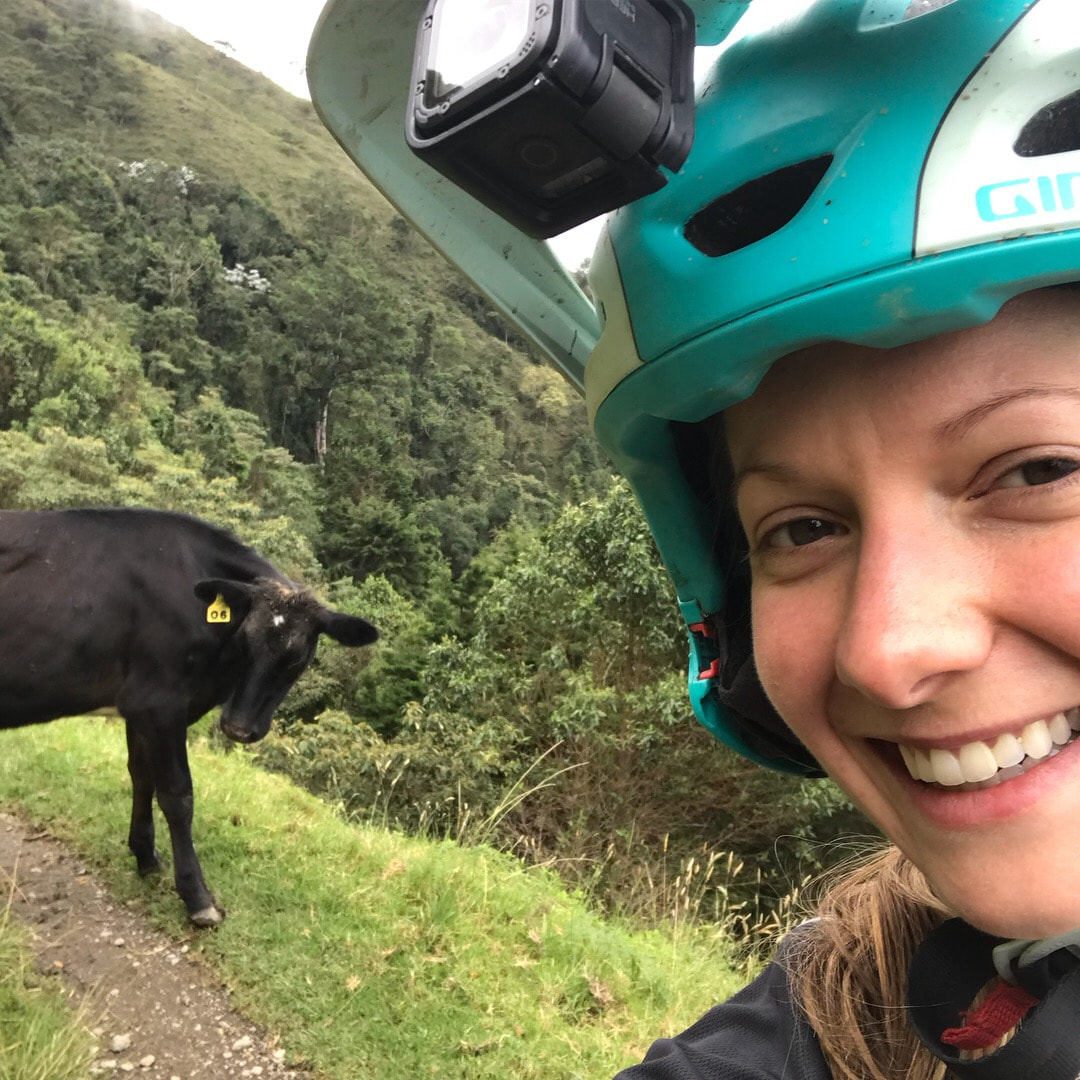 After a couple days of riding, we decided to cap off the trip with a spontaneous 24 hour trip to Cartagena, because when in Rome... (not to mention round-trip flights from Medellin were $40). And... we needed to do some proper South America coffee and food R&D. A whirlwind of a day treated us to the best ceviche we've ever had, some beautiful architecture and lots of history. 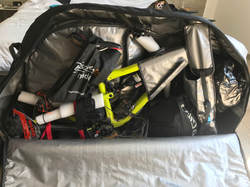 Back to Medellin to pack our bikes, and it was back to the States! See you in the PNW, The Hardins |
AuthorsProfessional Athletes. Archives
August 2023
Categories |
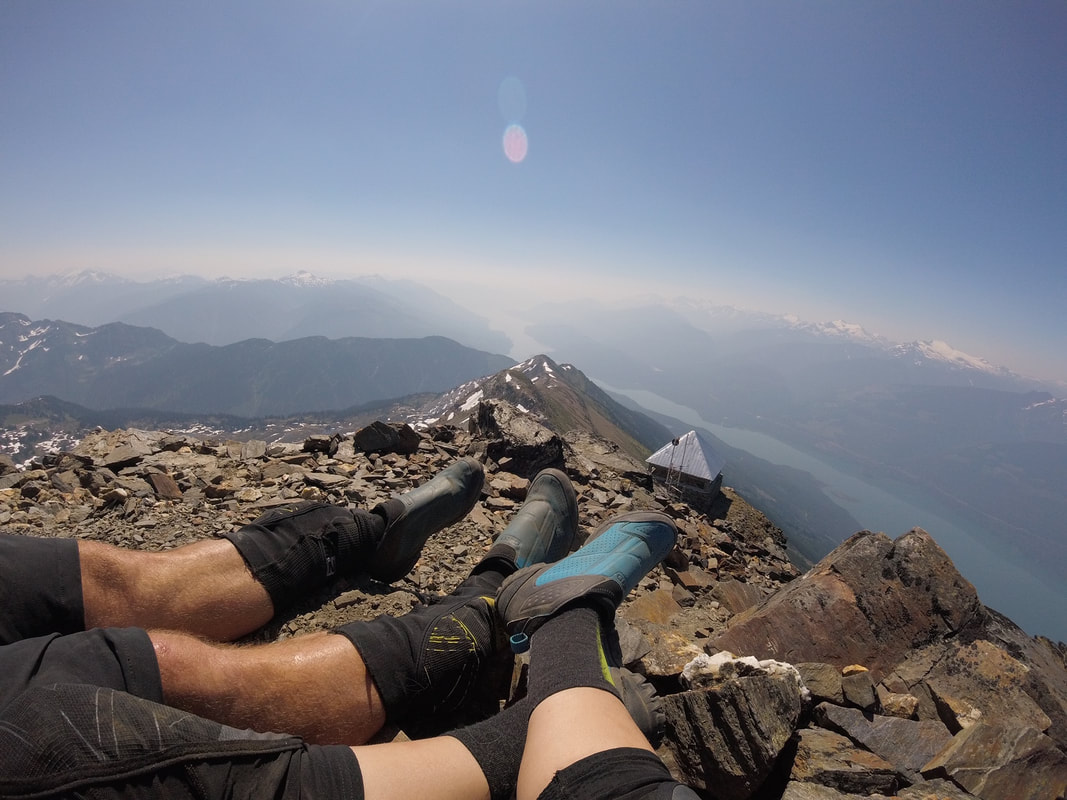
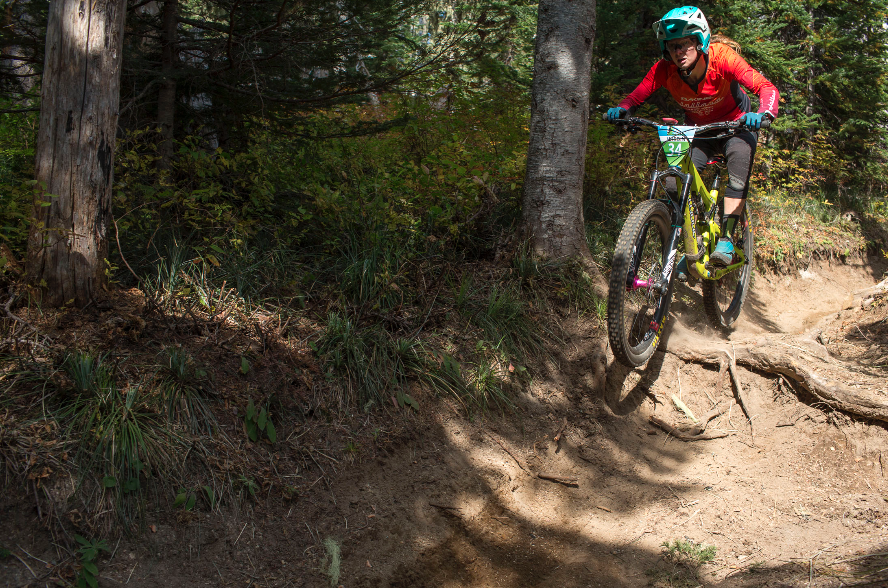
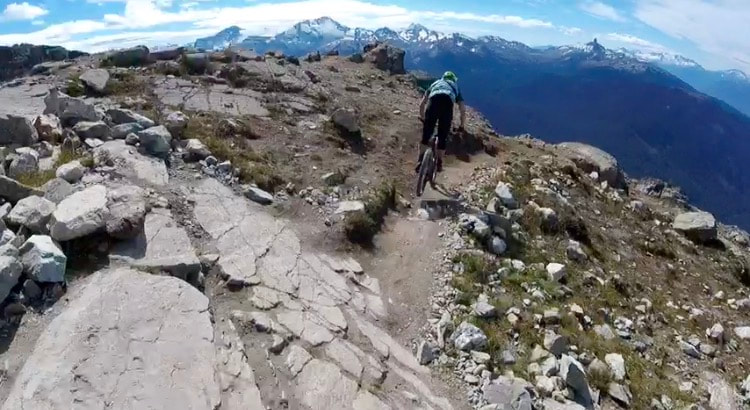
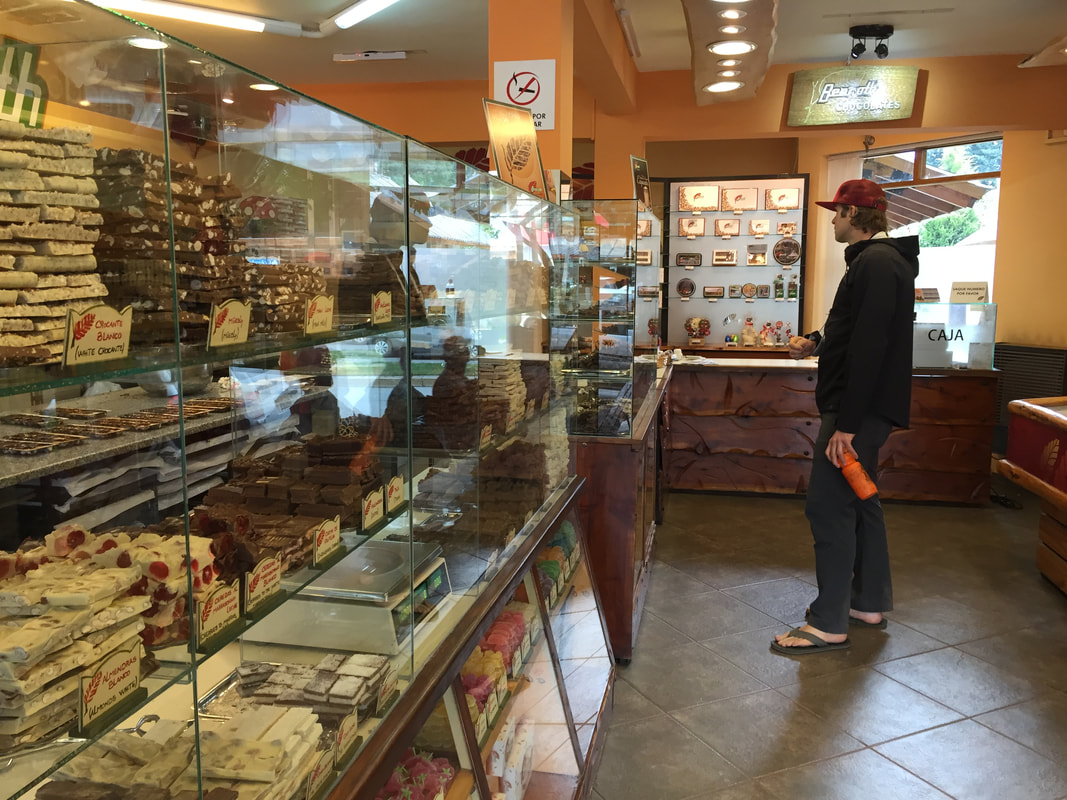
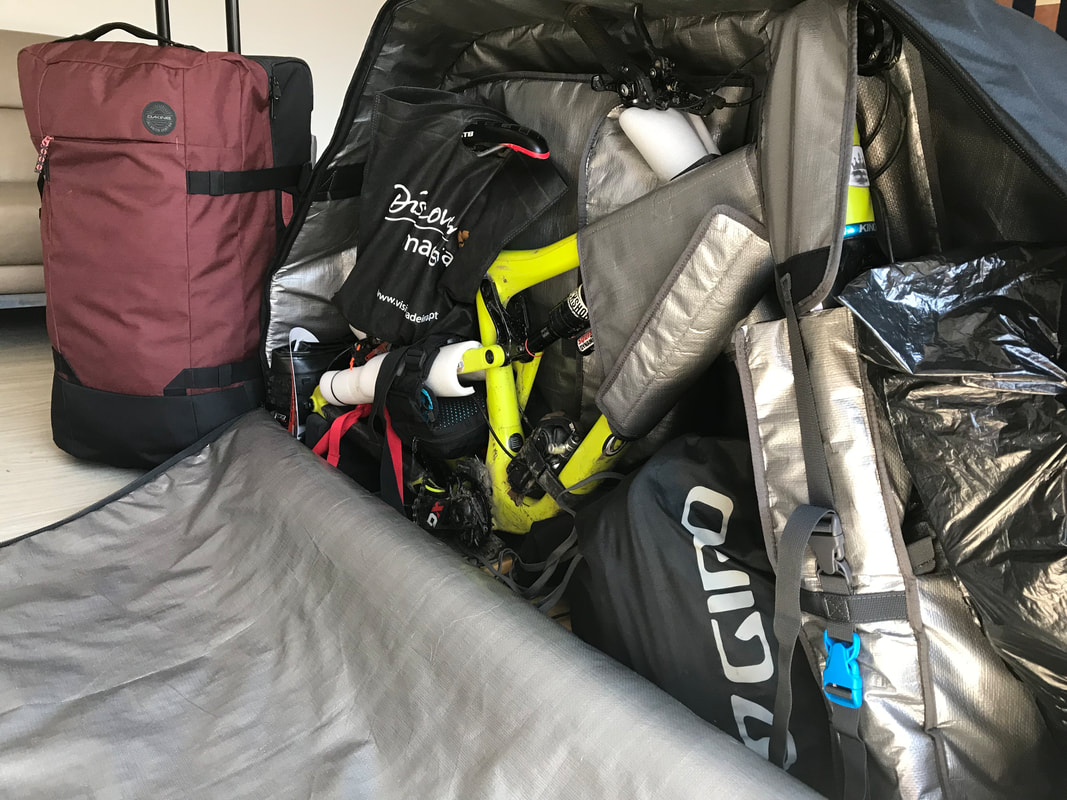
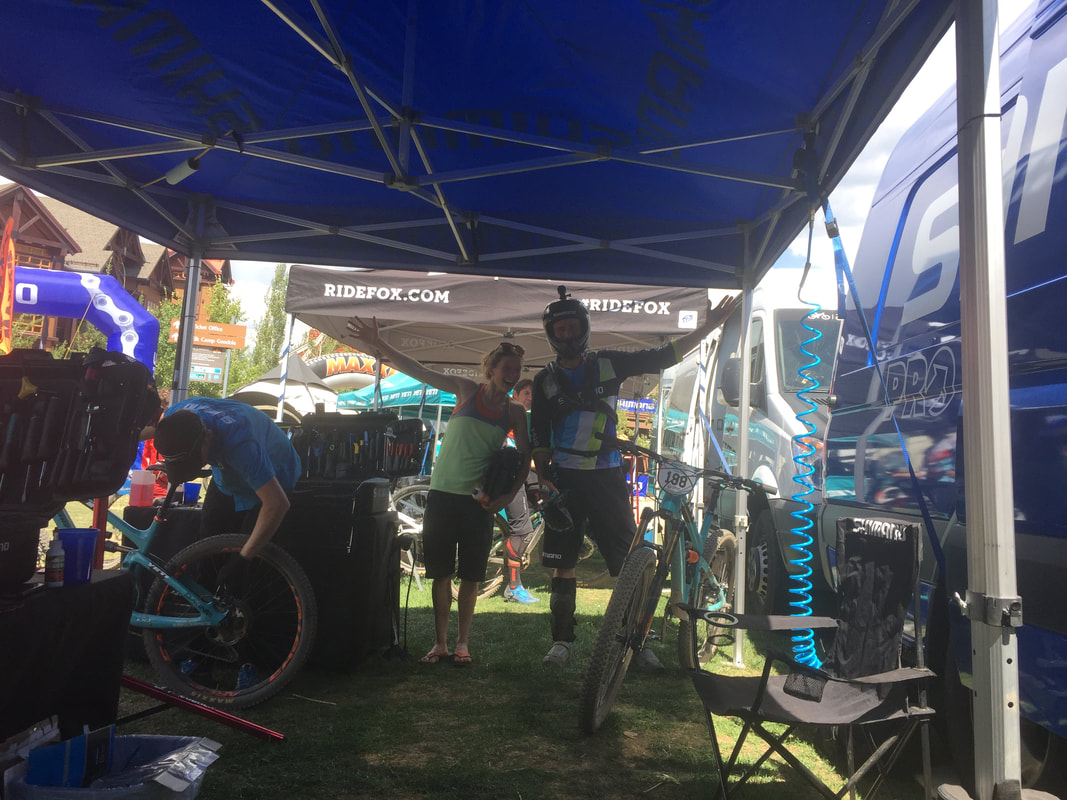



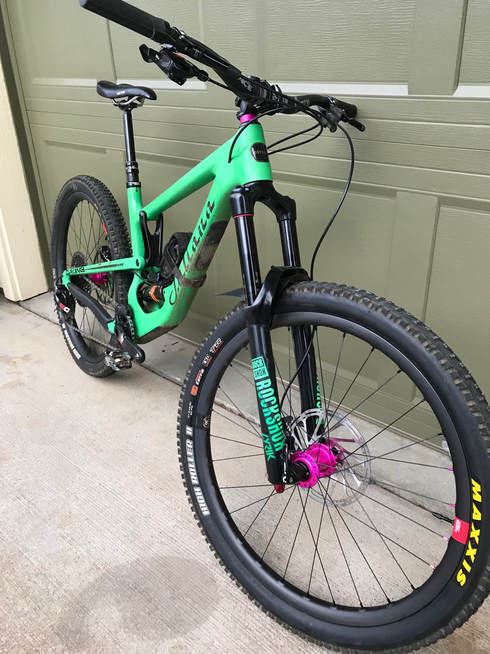
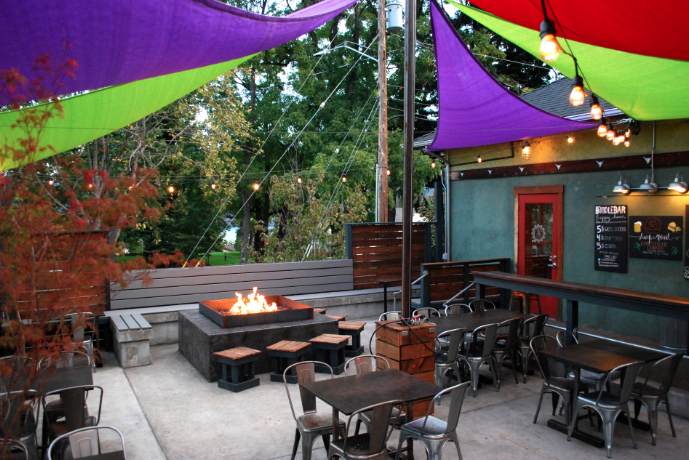

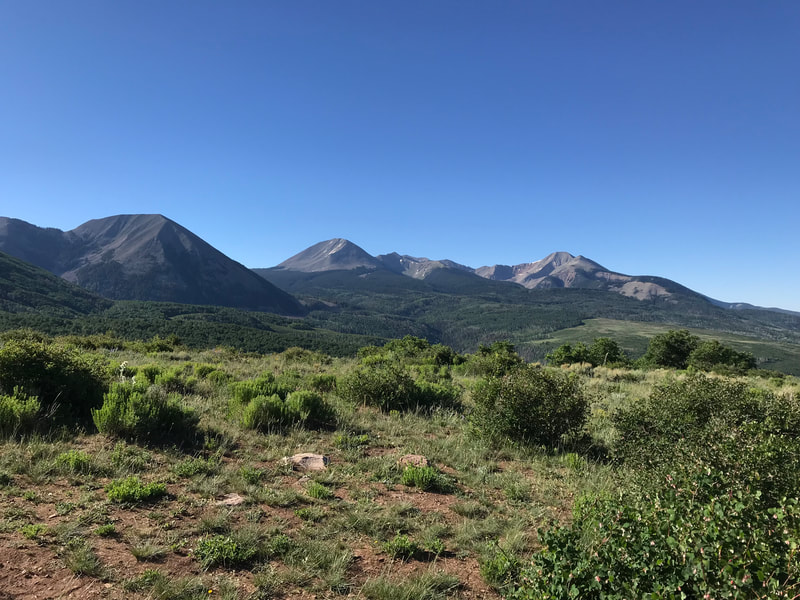
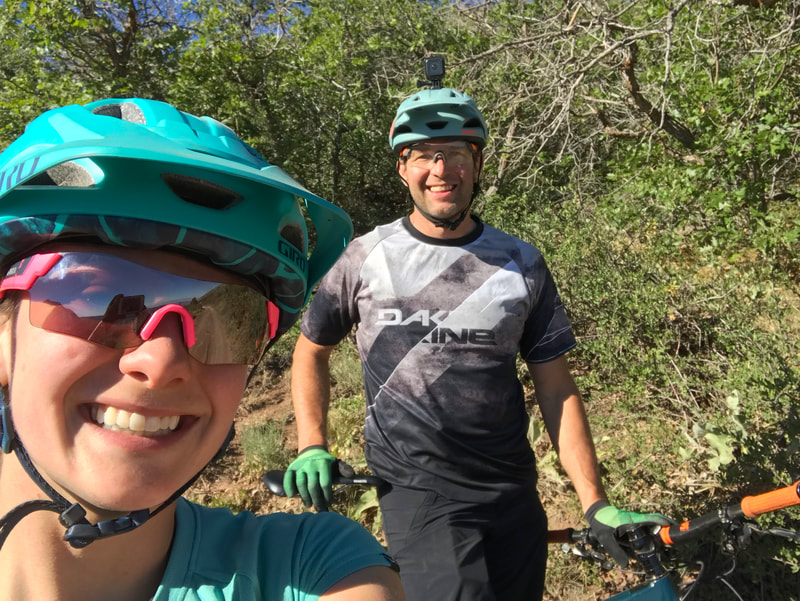
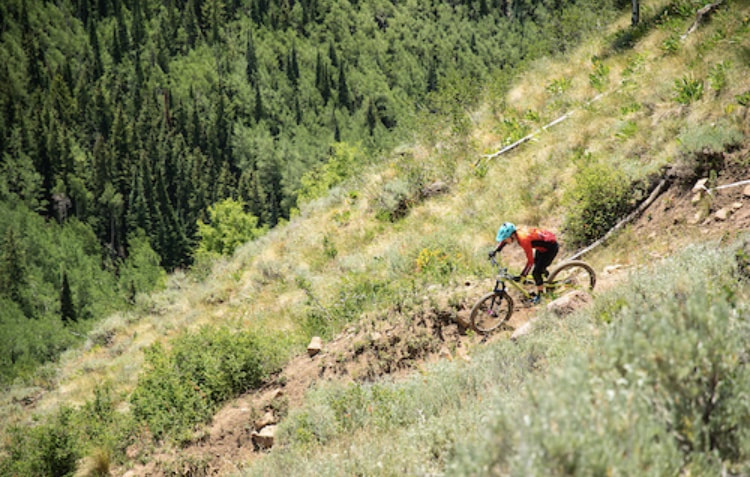
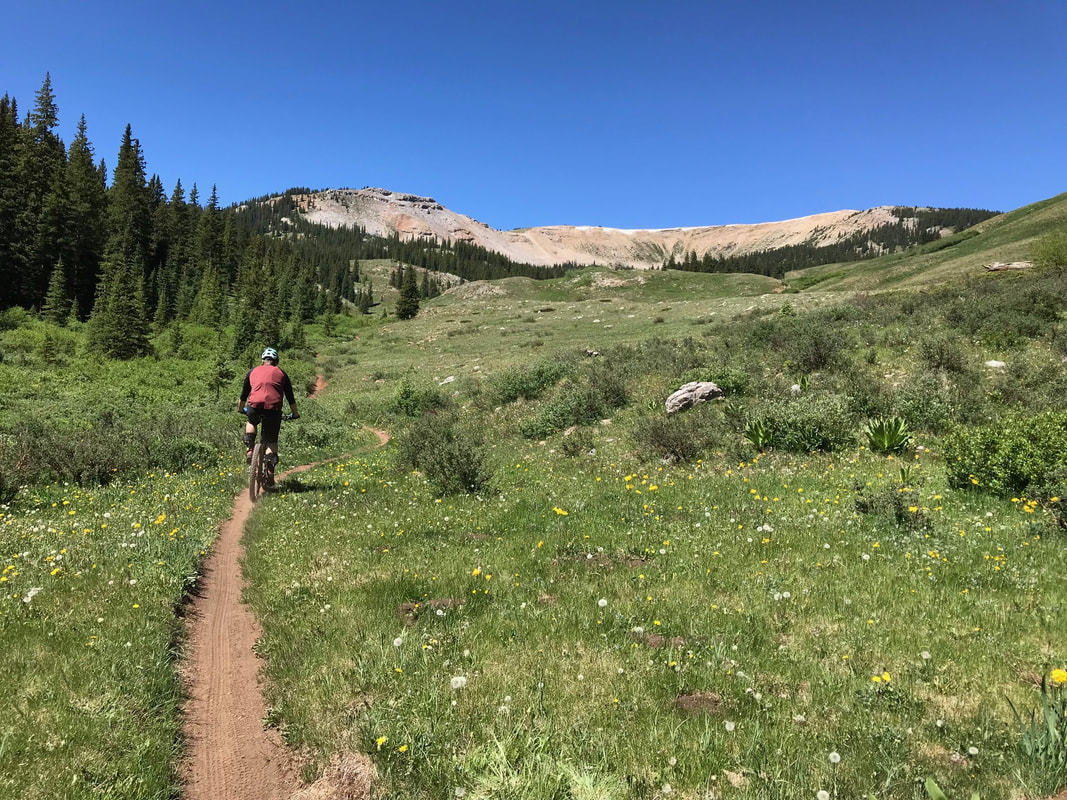
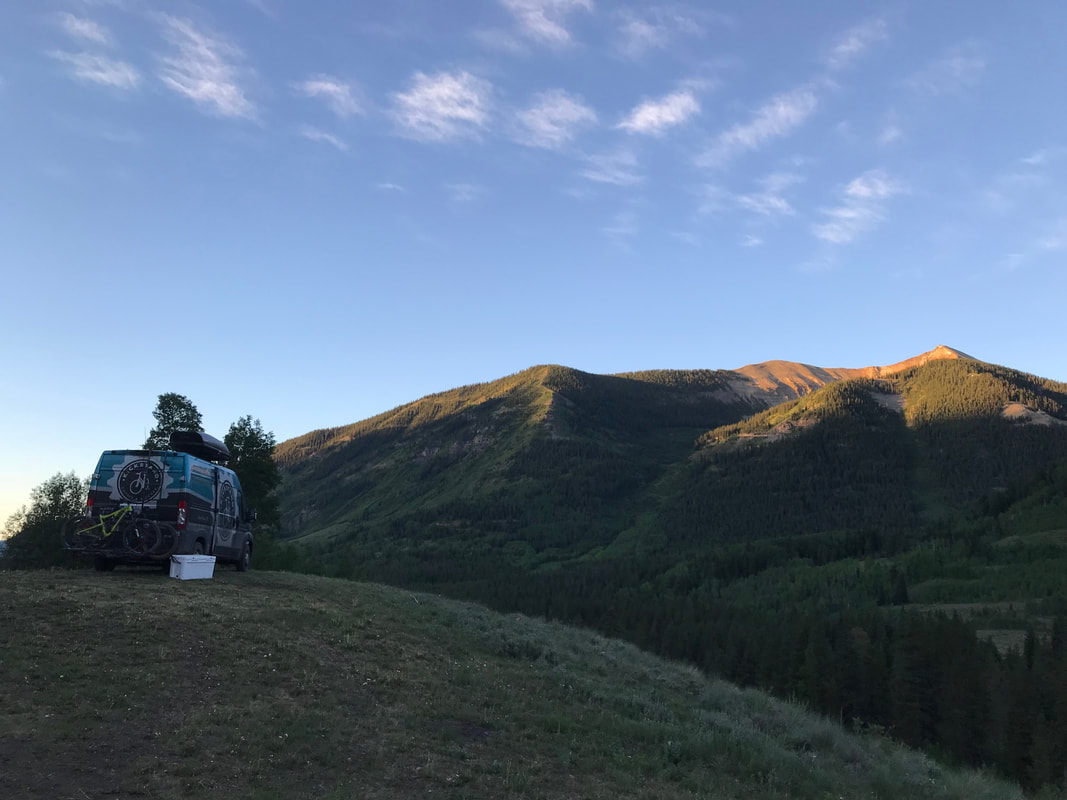
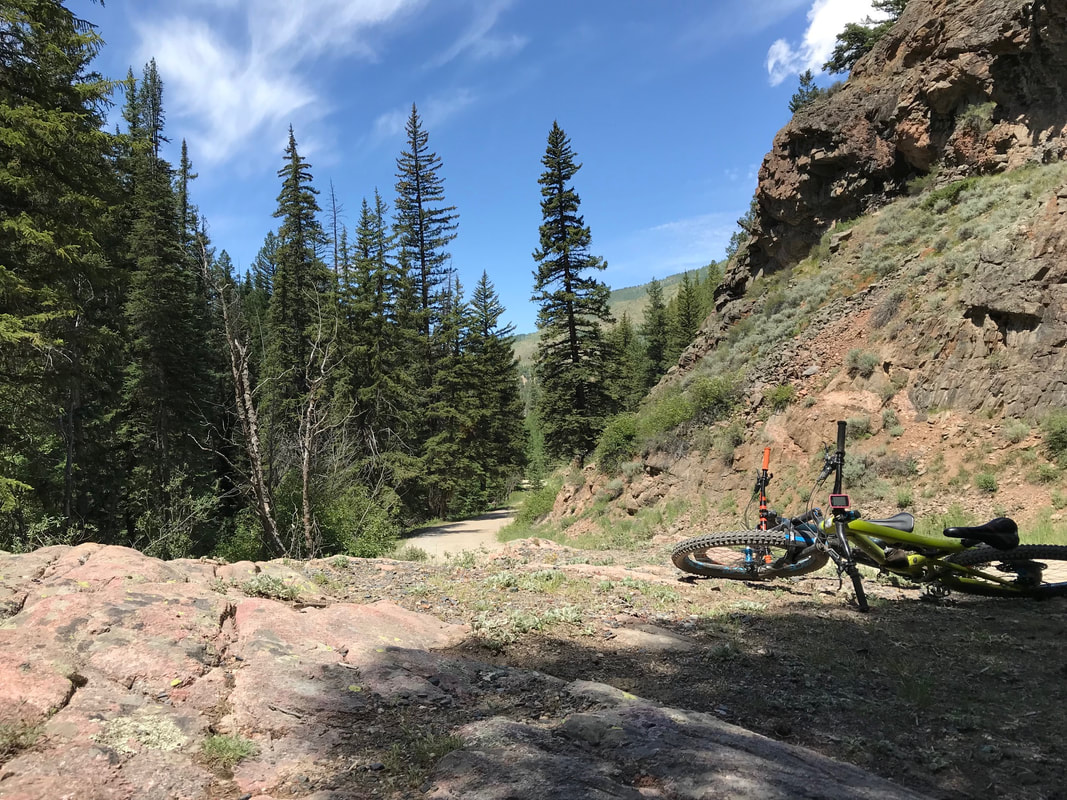
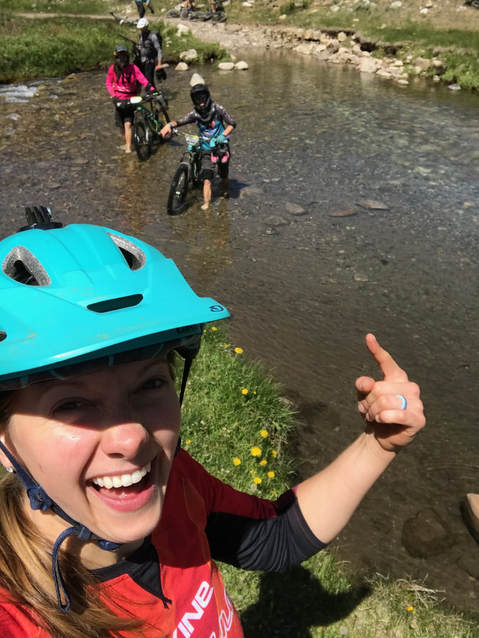
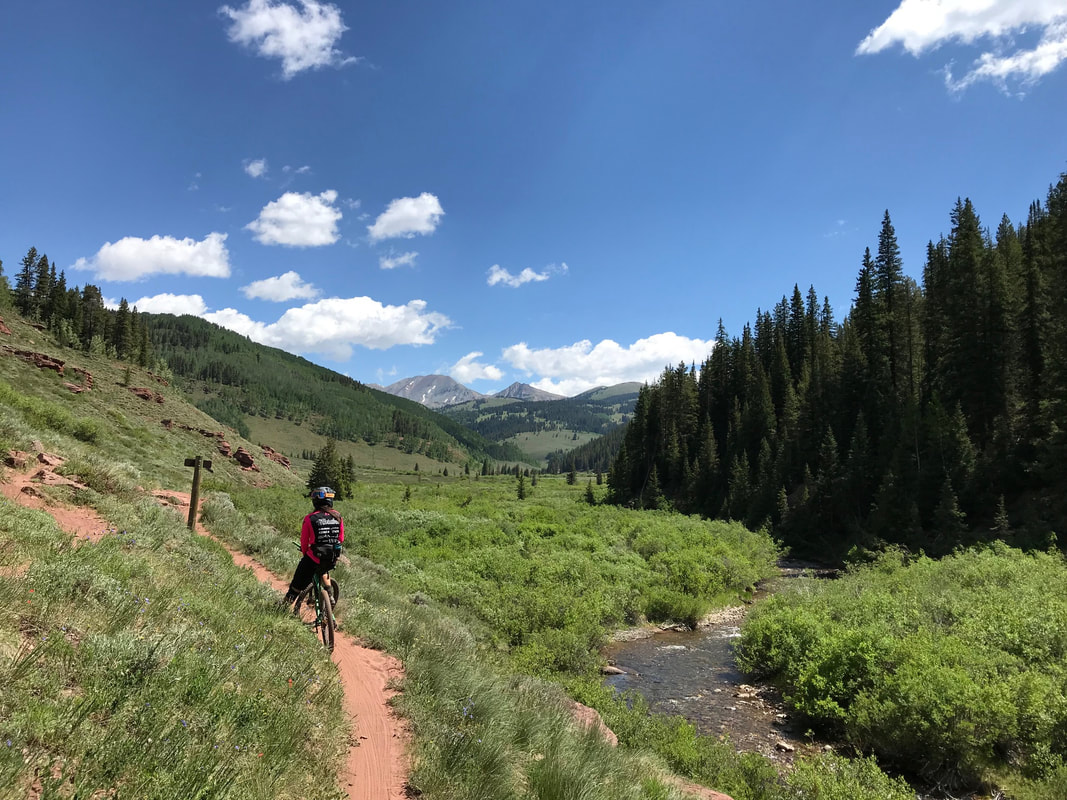
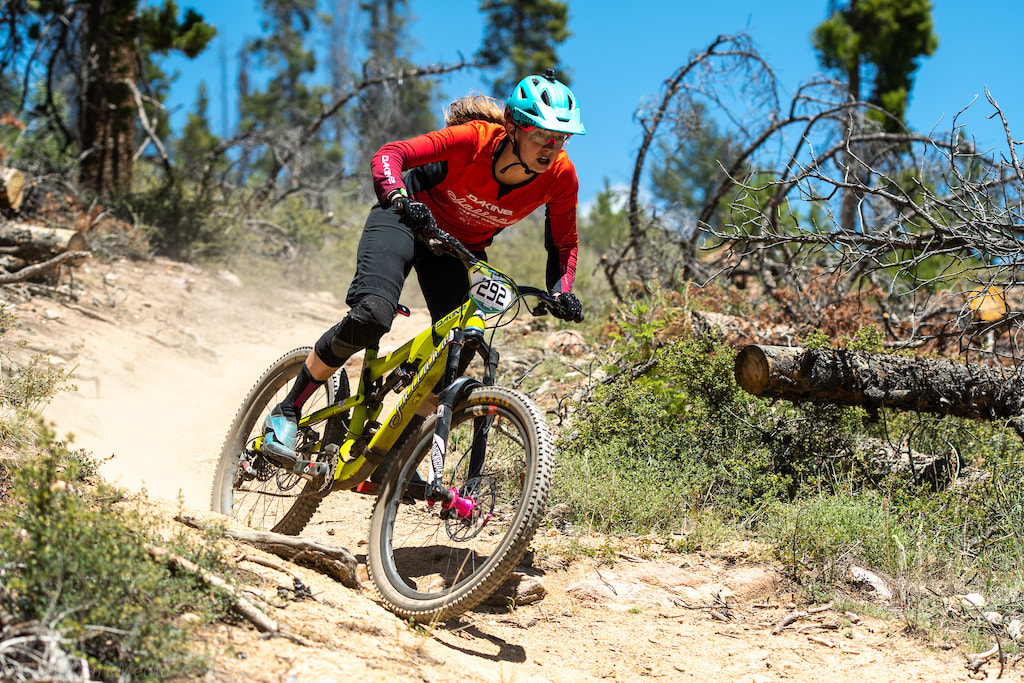

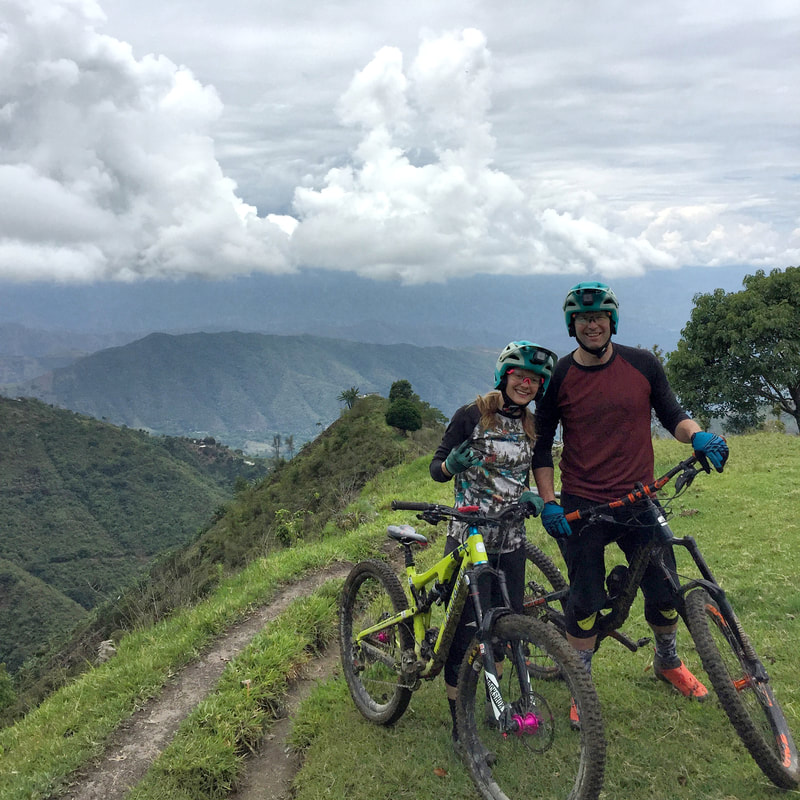
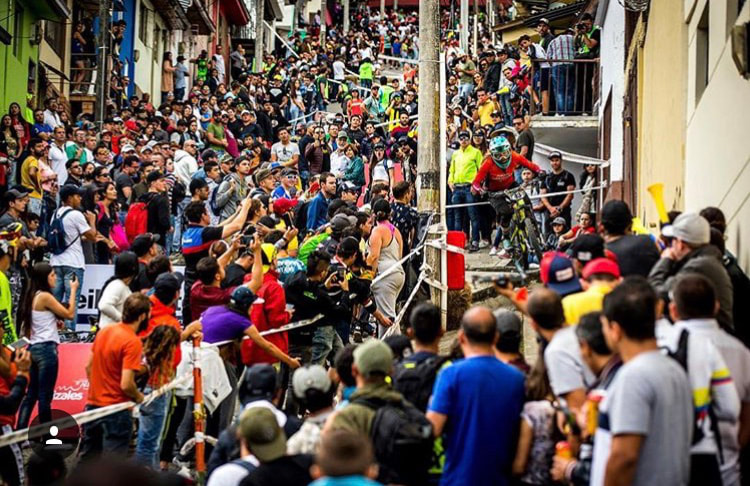

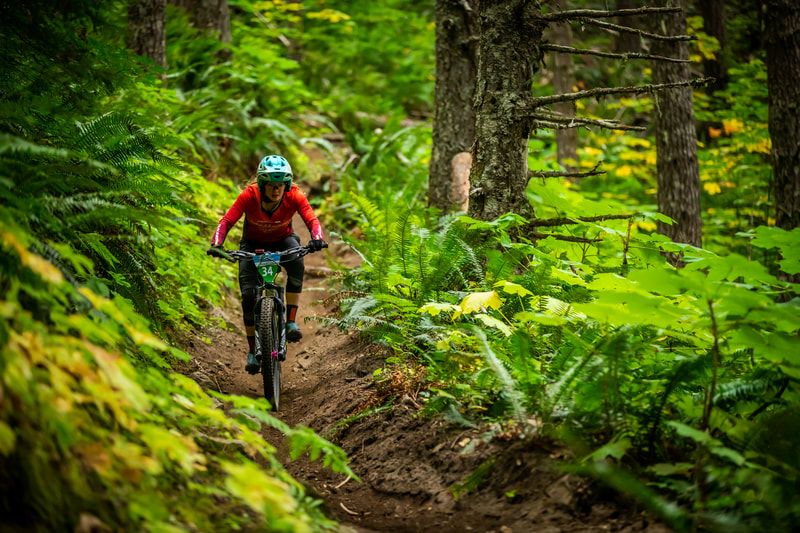
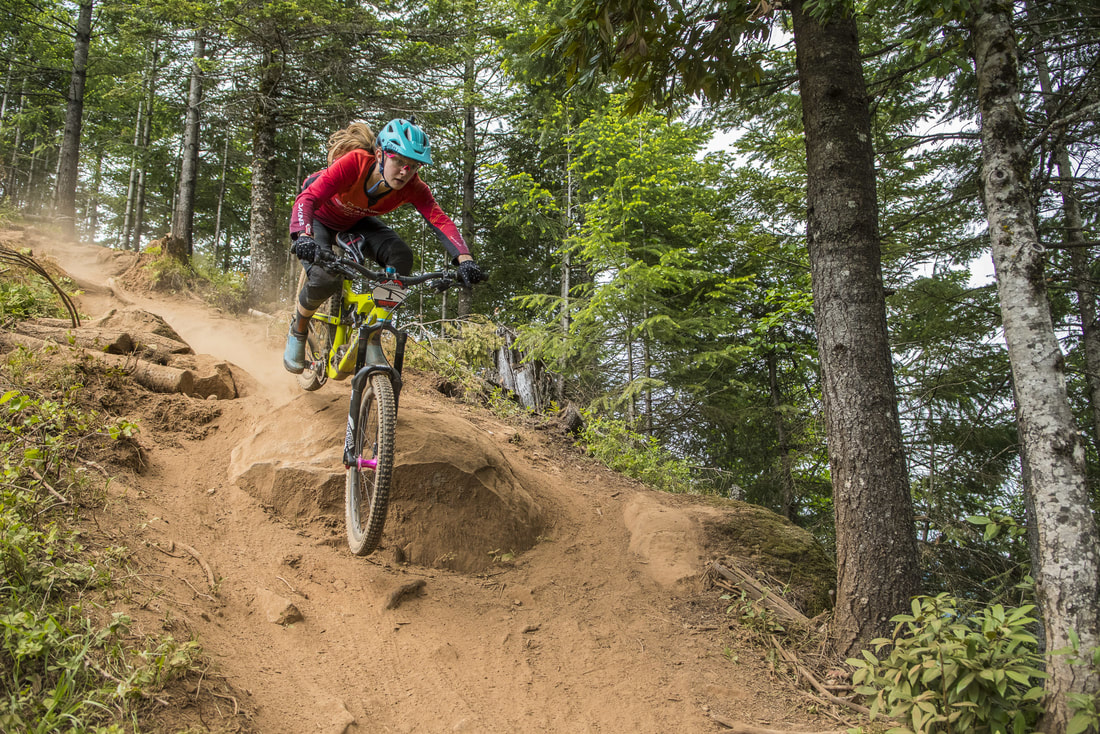
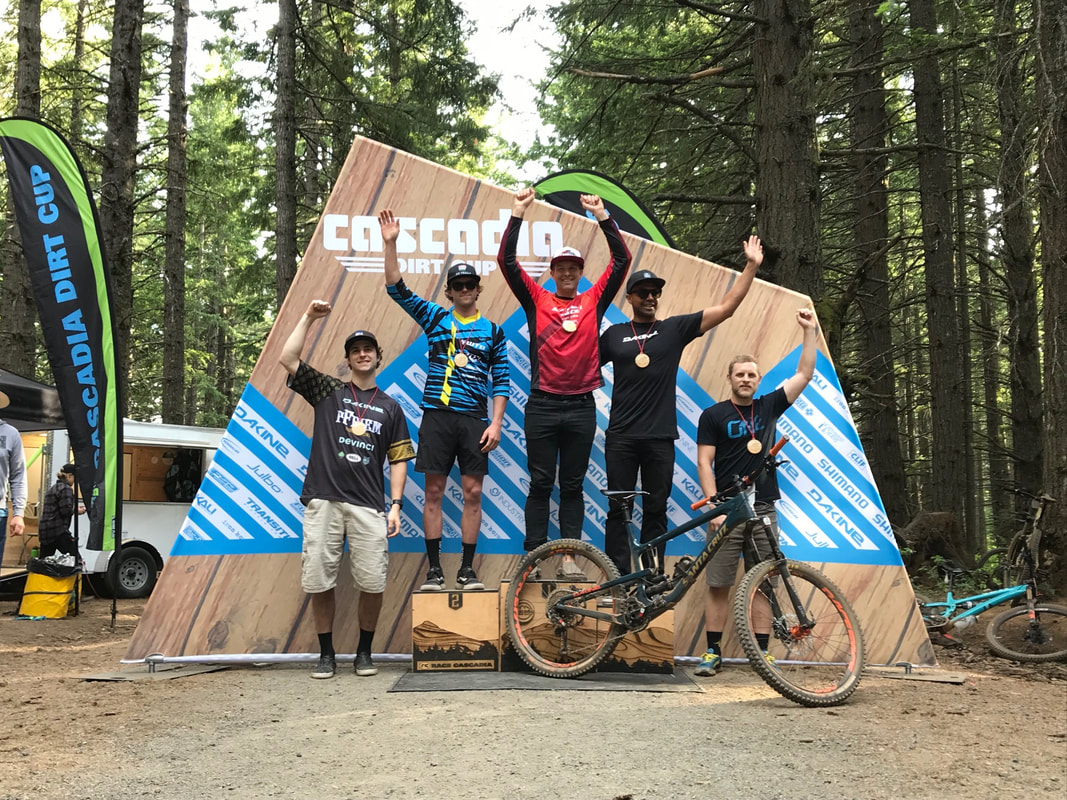
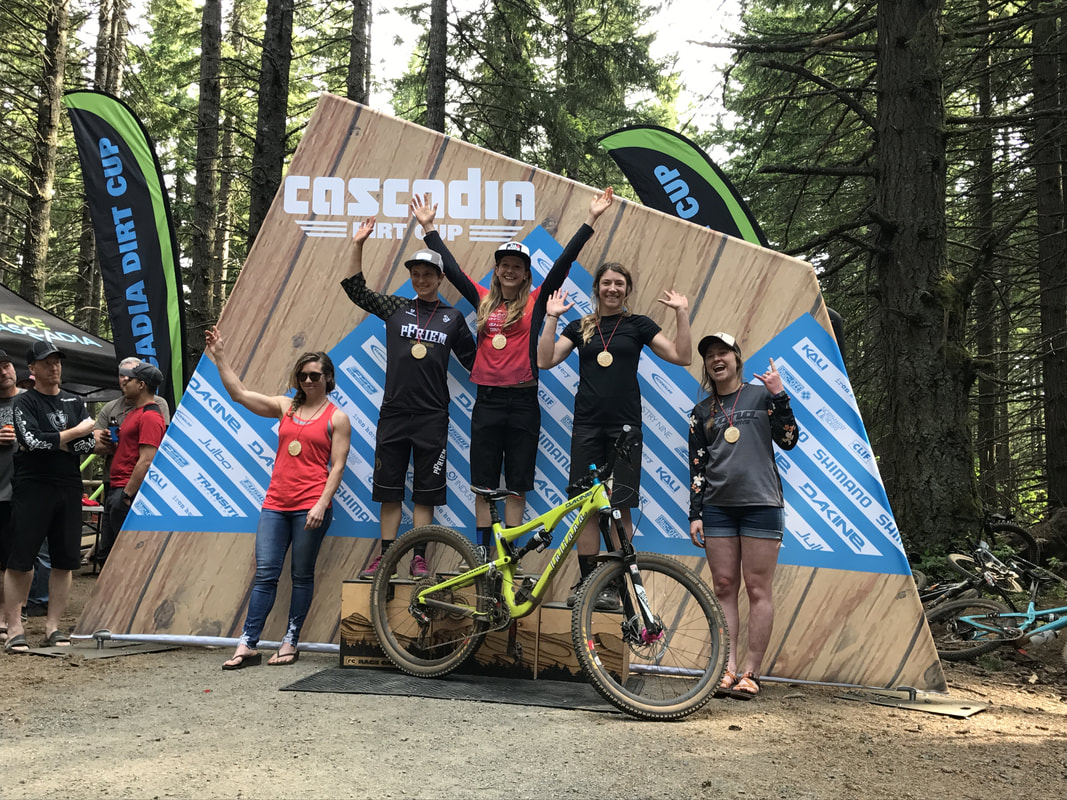

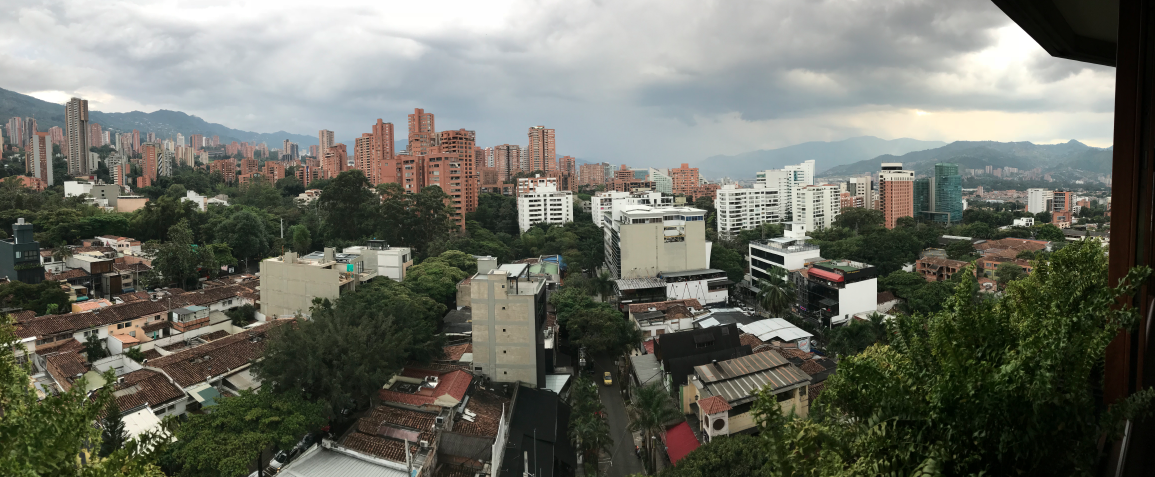
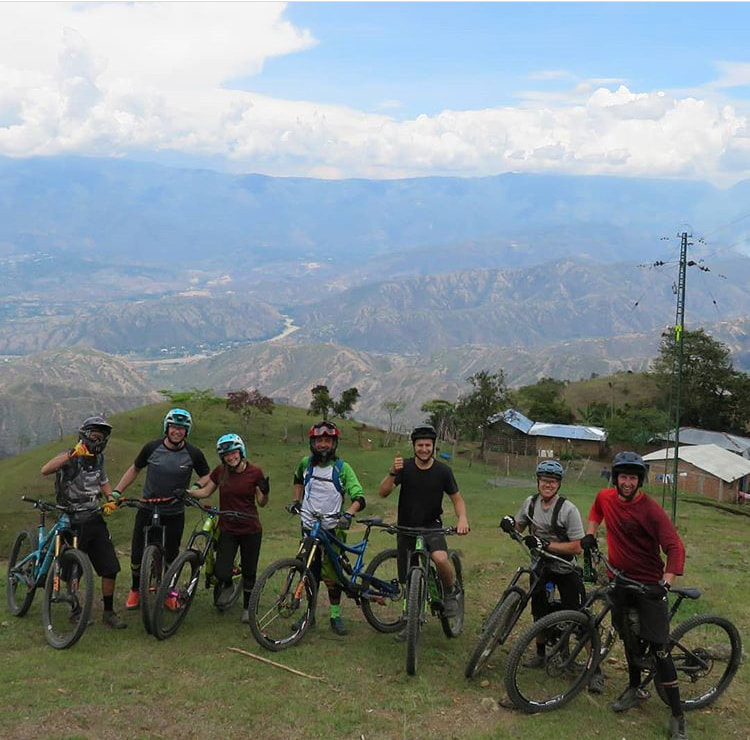
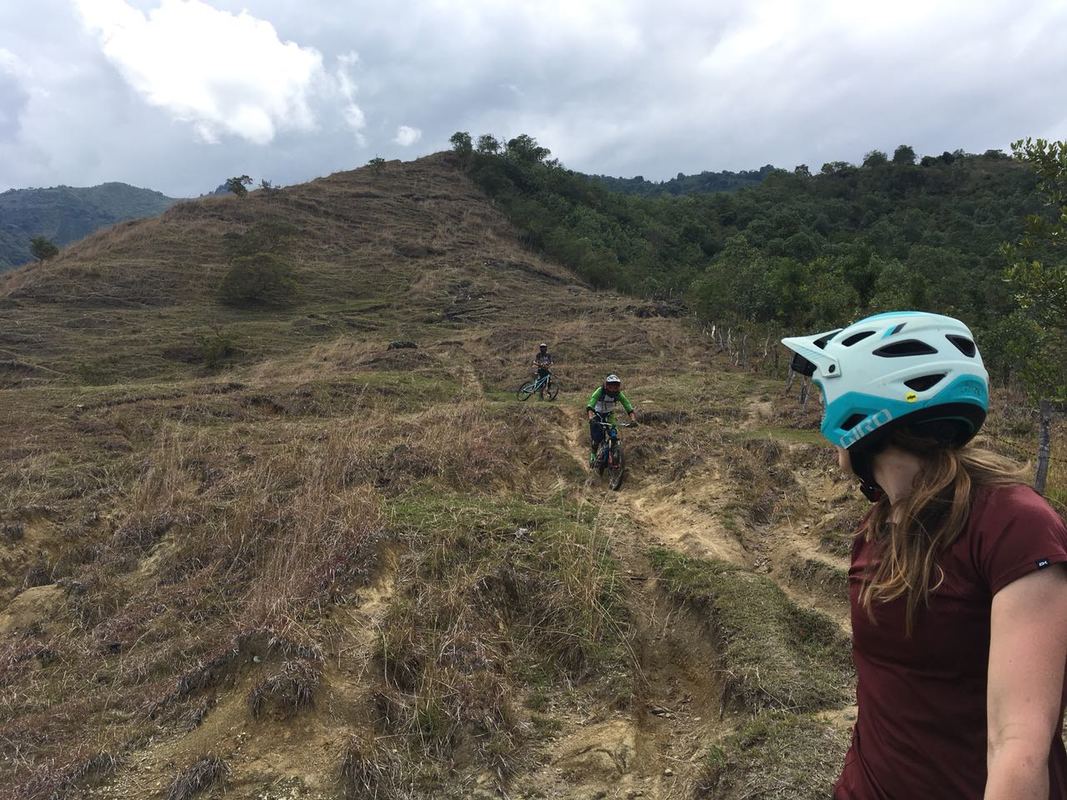

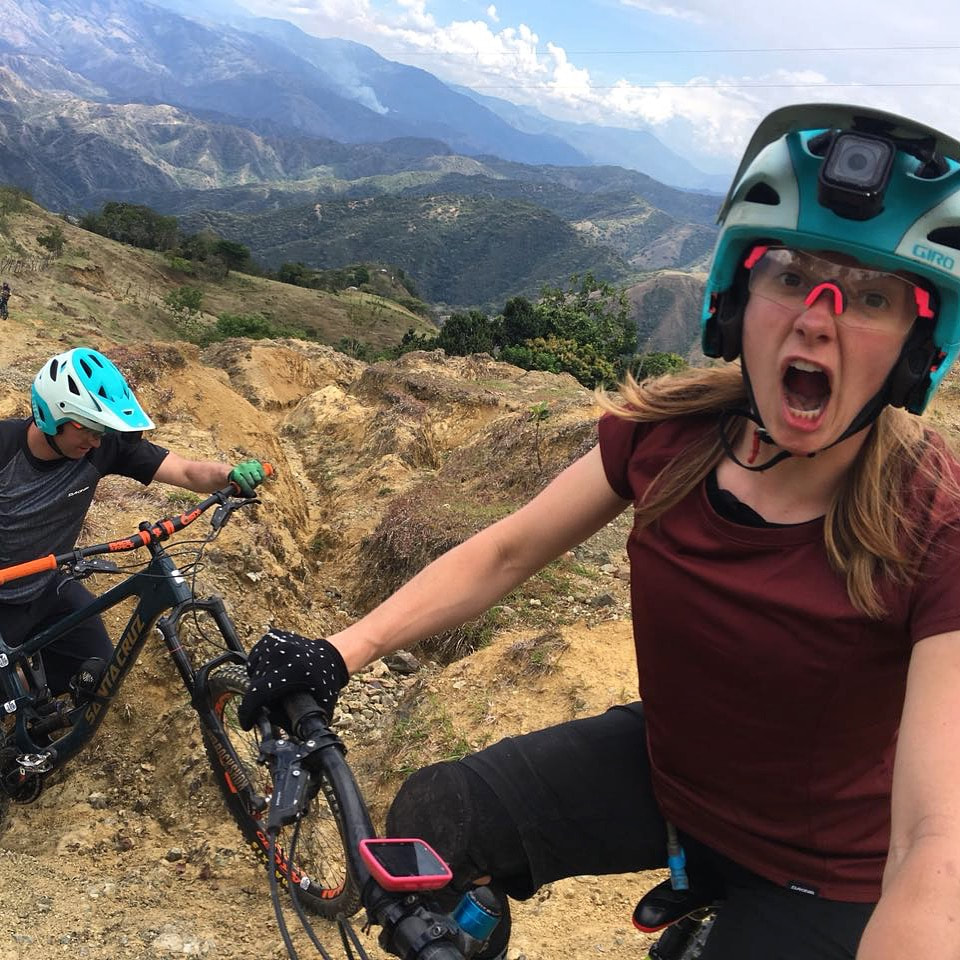
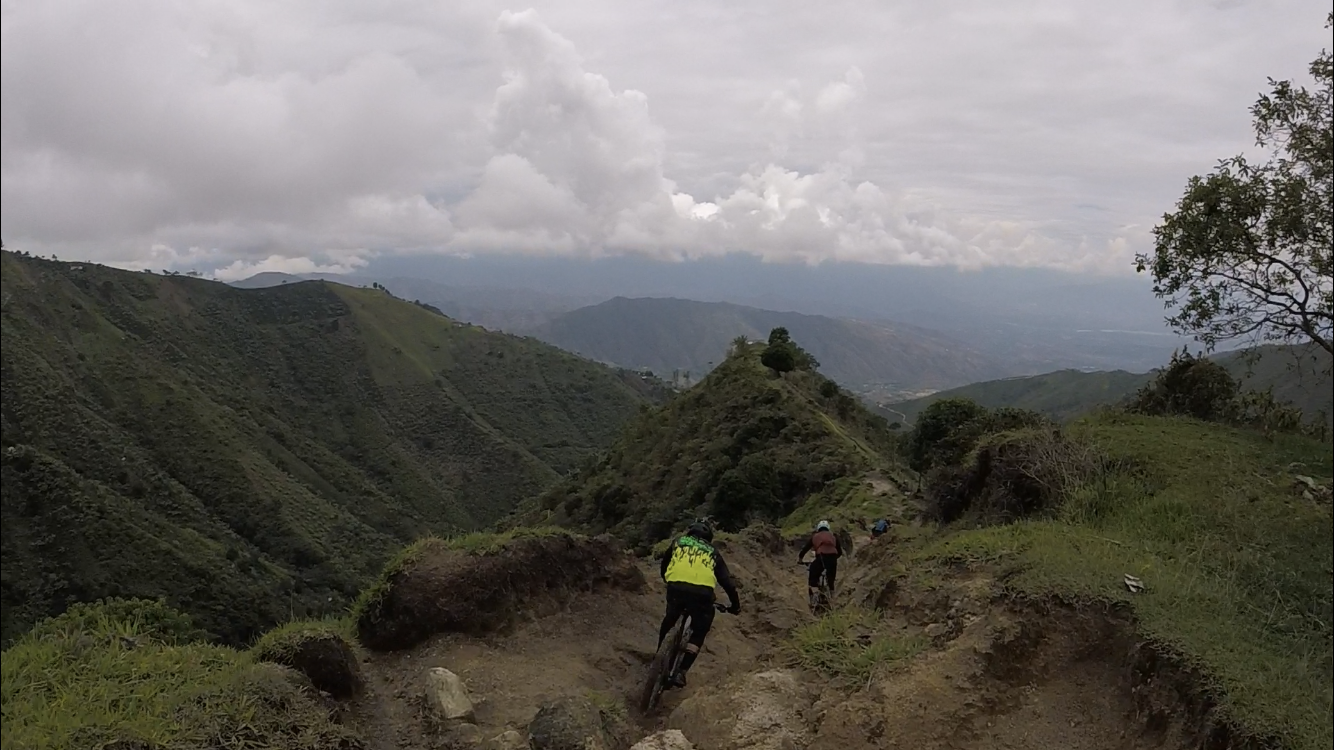
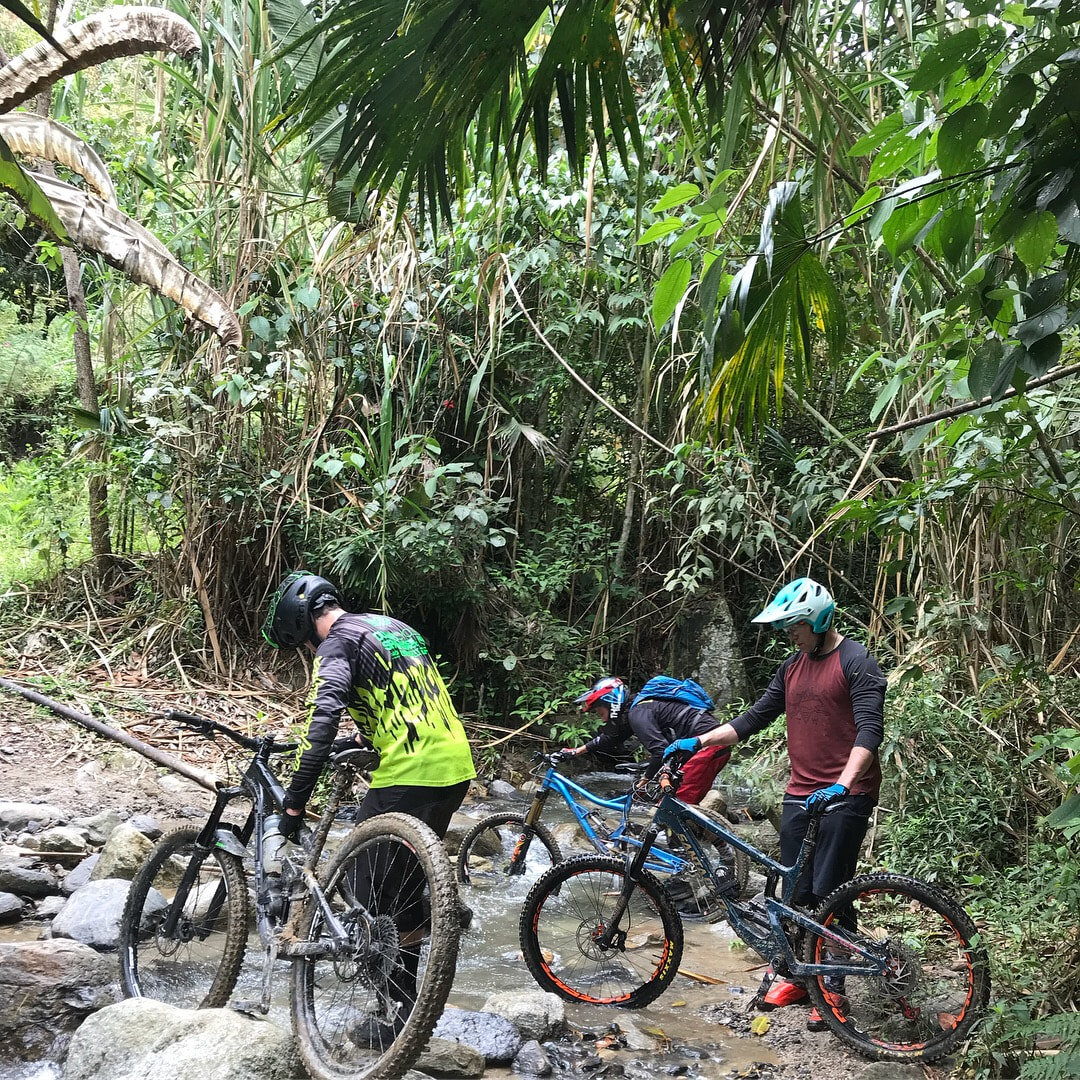
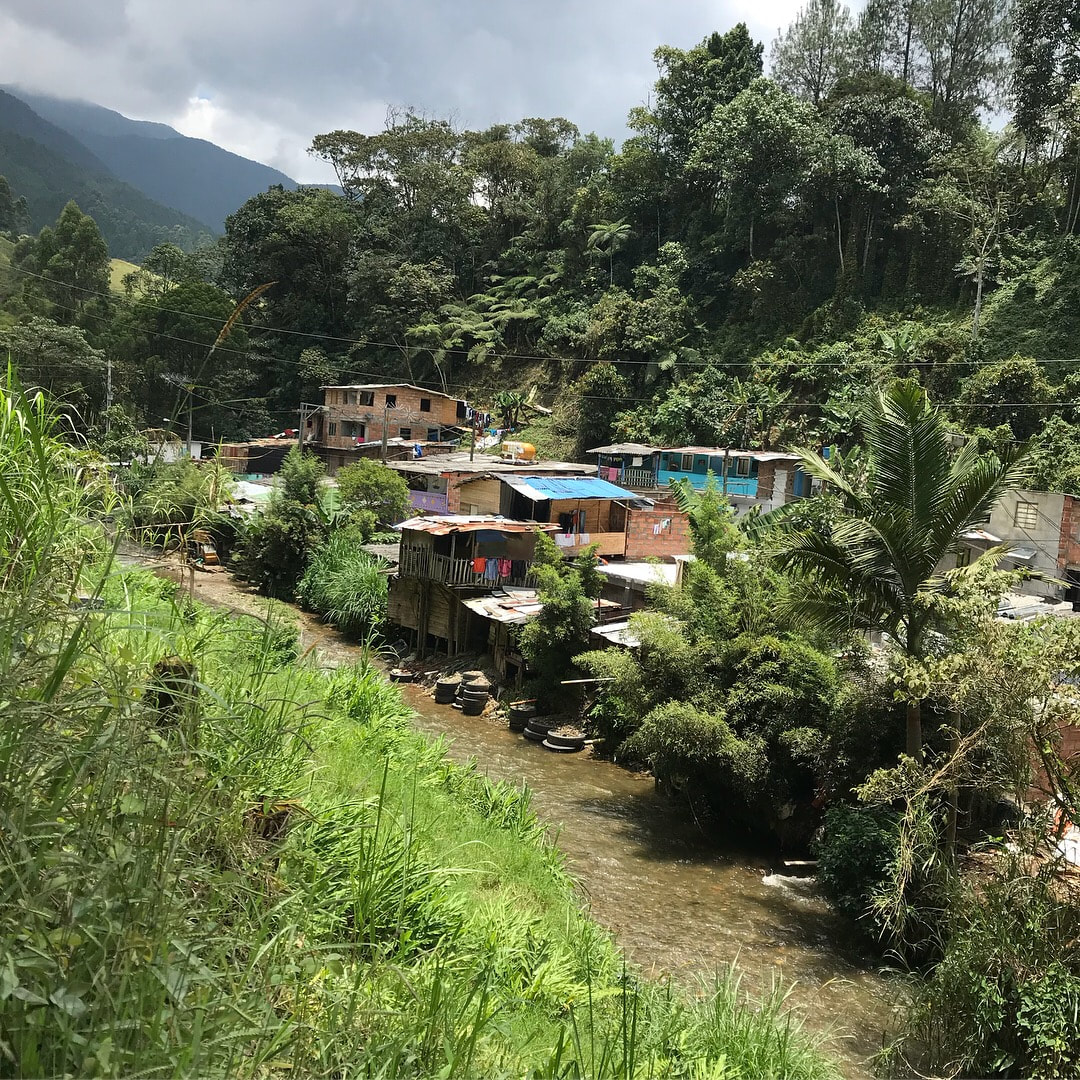
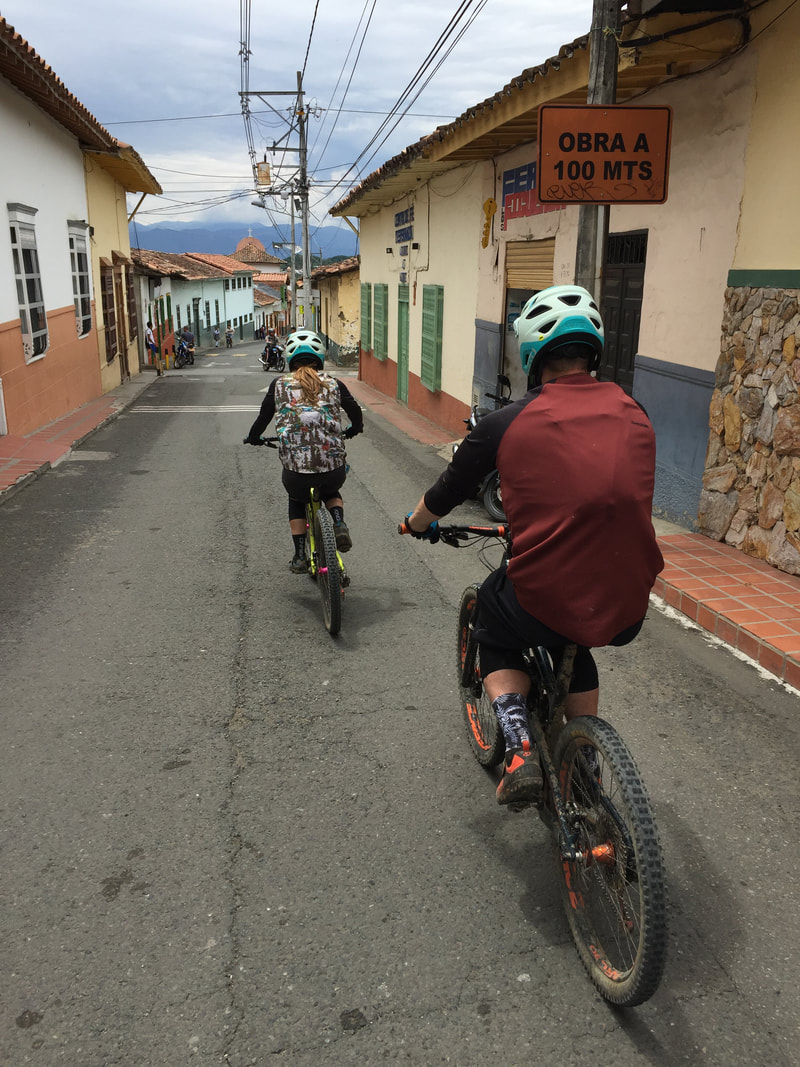
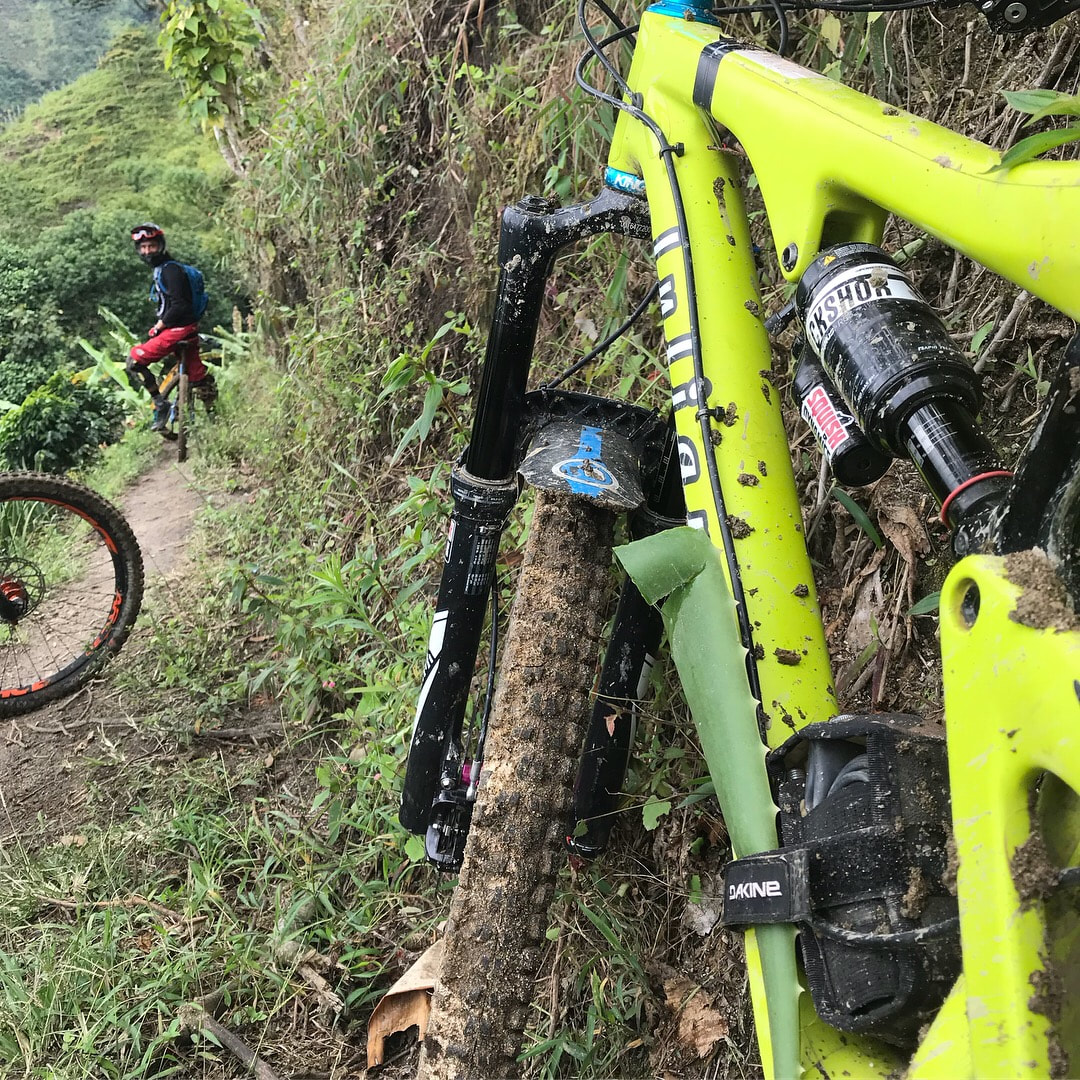
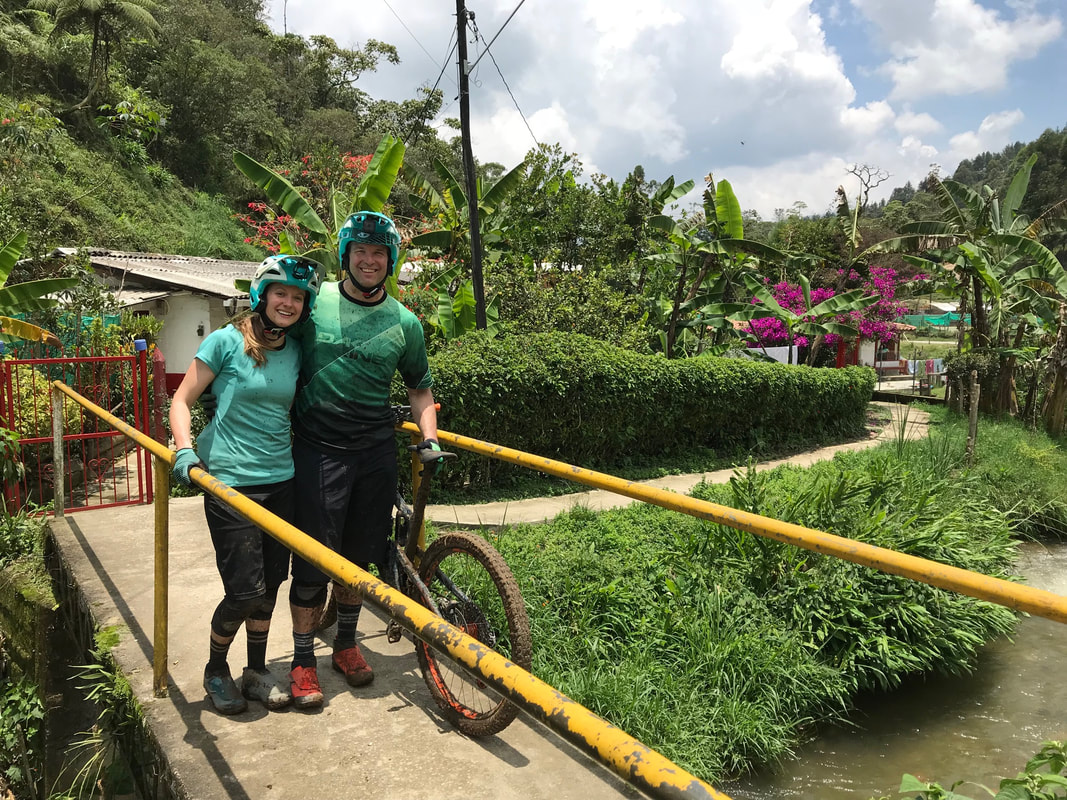
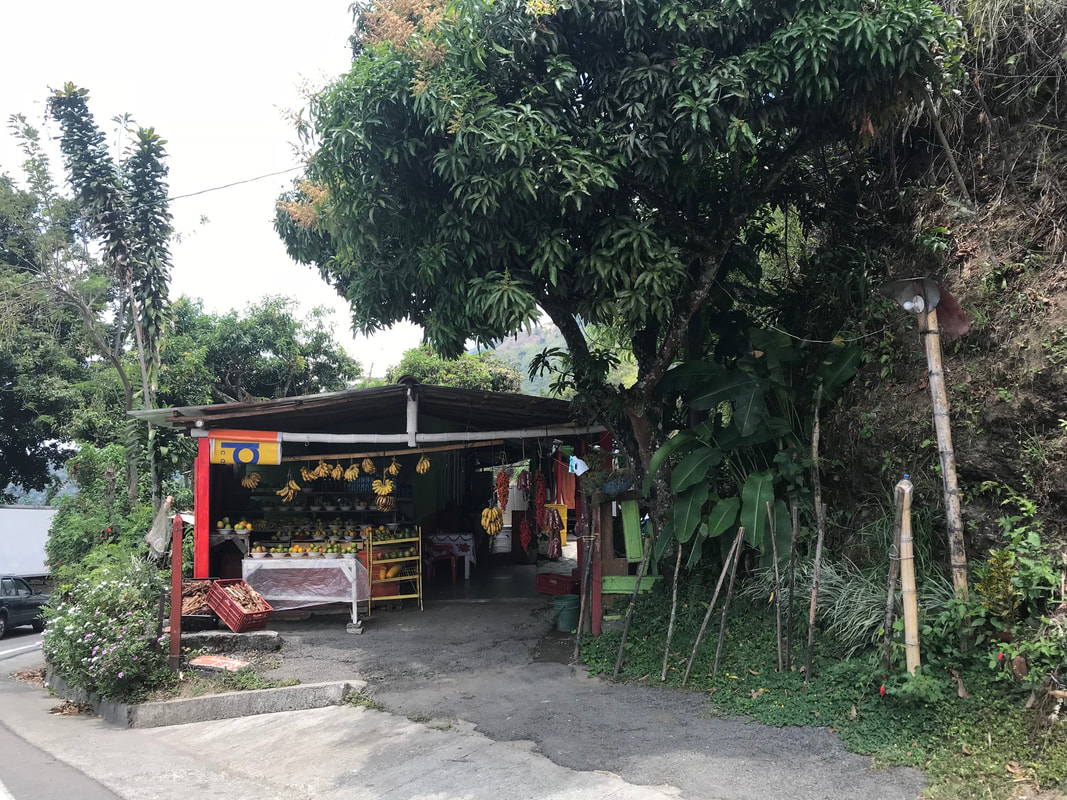
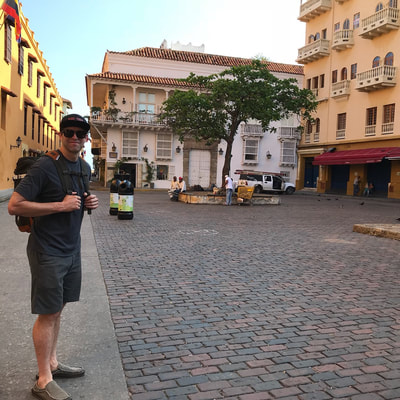
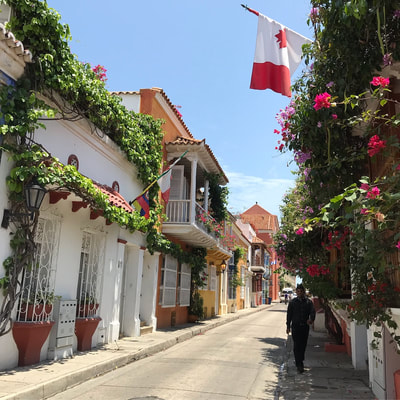
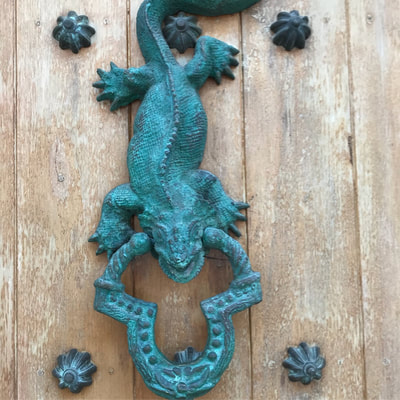
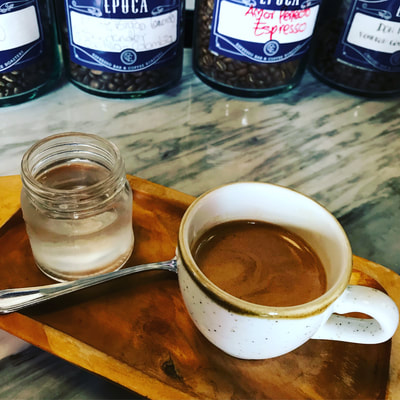
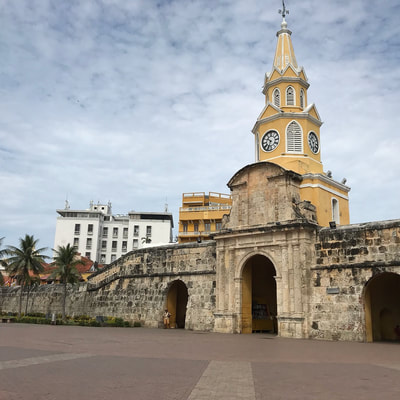
 RSS Feed
RSS Feed